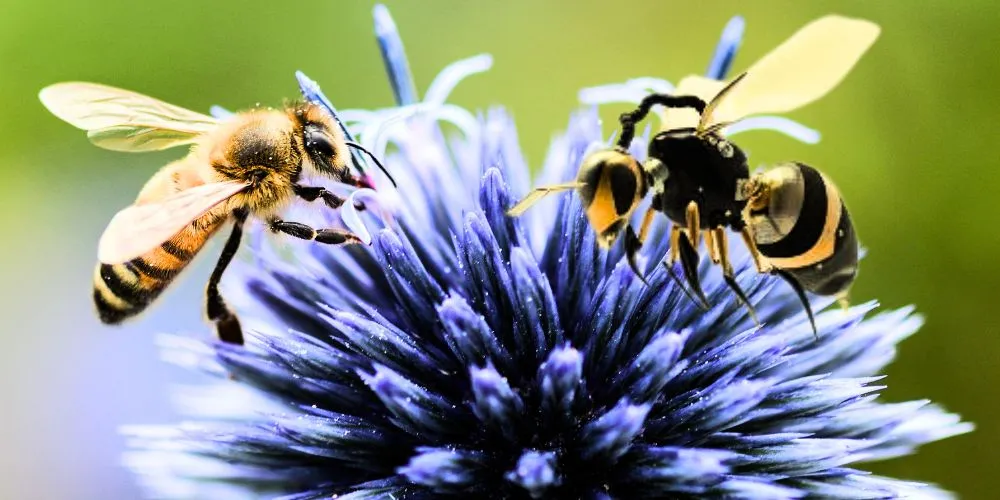Key Points
- Robotic bees, or “robobees,” are designed to pollinate crops, supporting agriculture amid natural pollinator decline.
- Innovative technologies can navigate and function in complex agricultural environments, enhancing their effectiveness as pollinators.
- Beyond farming, robotic bees can monitor ecosystems, helping researchers assess ecological health, track wildlife, and conduct rescue missions.
- As climate change and ecological imbalance threaten global stability, robotic bees provide a forward-thinking approach to food security and environmental care.
In a groundbreaking leap into the future, researchers are on the brink of unleashing a new era of innovation with the development of robotic bees. Inspired by the intricate design and functionality of natural bees, these robotic counterparts are engineered to play a vital role in agriculture and environmental monitoring.
These miniature robots are equipped with advanced artificial intelligence and cutting-edge sensors. Researchers envision a future in which swarms of robotic bees can efficiently pollinate crops, ensuring agricultural productivity amid ecological challenges.
The robotic bees, or “robobees,” mimic real bees’ flight patterns and behaviors, enabling them to navigate complex environments precisely. Their small size allows them to reach flowers, making them effective pollinators of crops. This innovation is particularly crucial as the global ecosystem faces threats to natural pollinators, which in turn impact food production and biodiversity.
Beyond agriculture, these robotic bees hold promise for environmental monitoring in challenging terrains. Their ability to fly into areas inaccessible to traditional monitoring methods makes them valuable tools for assessing ecological conditions, studying wildlife, and supporting search-and-rescue missions.
The development of robotic bees underscores the interdisciplinary collaboration between robotics, artificial intelligence, and biology. Researchers draw inspiration from nature to create machines that replicate the capabilities of living organisms and solve real-world problems.
While robobees may sound like science fiction, recent advancements in materials, sensors, and AI have brought these creations closer to reality. Researchers are refining the design, flight algorithms, and energy efficiency of these miniature robots to ensure their practicality and effectiveness.
As the world grapples with the challenges of climate change, ecological imbalance, and food security, the emergence of robotic bees represents a promising stride toward sustainable solutions.
The intersection of nature and technology opens doors to innovative possibilities that could reshape the future of agriculture and environmental stewardship. Robotic bees are preparing to take flight, heralding a new era of technological marvels with far-reaching implications for our planet.





